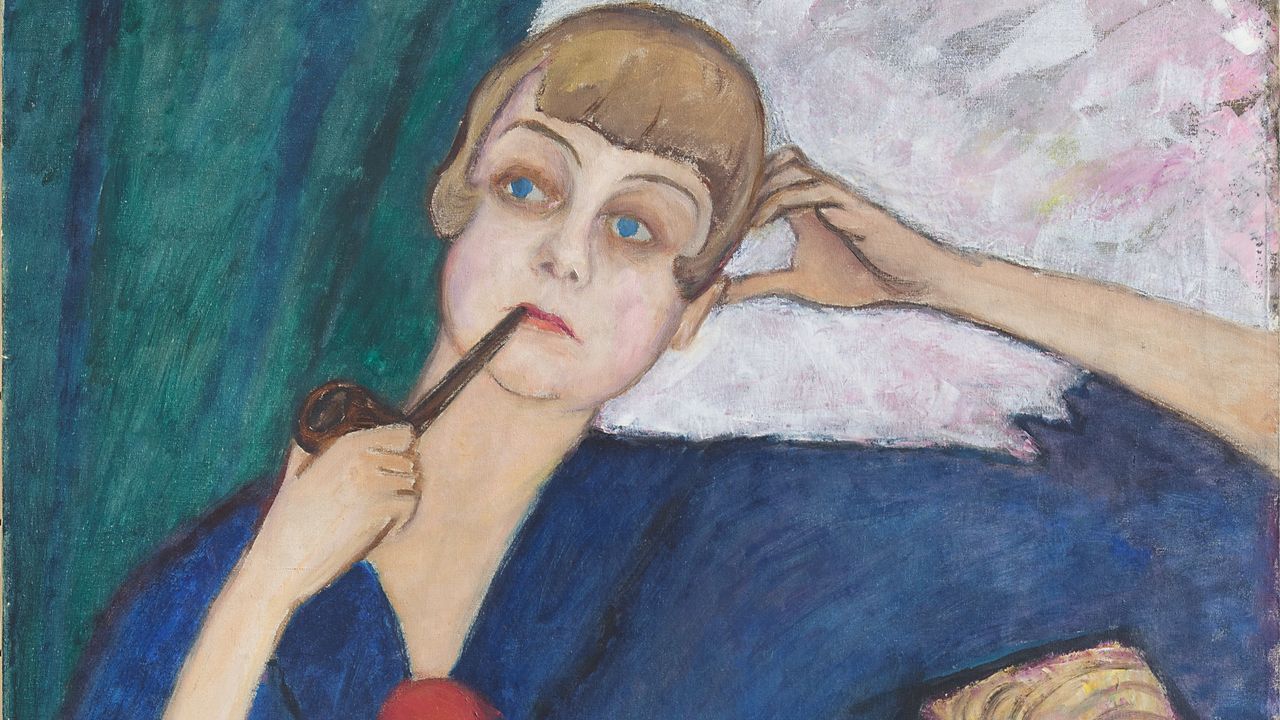I arrived at the Guggenheim for “Contours of a World,” the new show devoted to the late German artist Gabriele Münter, with what I thought was a deep appreciation of, and pretty solid familiarity with, her work. I was quickly proven wrong.
The first gallery I stepped into was full of black-and-white photographs; until then, I had only known Münter to paint. “She picked up a camera before she even picked up a brush,” says Guggenheim curator Megan Fontanella; the Guggenheim’s survey marks the first time her photographs have been exhibited in the United States.
“Contours of a World” also examines another overlooked force within Münter’s practice. Though she is closely associated with German Expressionism—even if her work was long overshadowed by her relationship with Wassily Kandinsky—in her early adulthood, Münter and her family spent significant time in America. Between 1898 and 1900, she traveled with her sister through Arkansas, Missouri, and Texas, using birthday money to buy herself a No. 2 Bulls-Eye Kodak camera to chronicle what her 23-year-old eyes saw.
She was a keen and curious observer from the start, and one who understood how to play with composition. One photograph shows a young girl in a stiff pinafore, her hair twisted into ringlets and head tilted away from the sun. (One of the long shadows cast around her clearly belongs to Münter, the subtle incorporation of the artist into the frame somewhat reminiscent of Vivian Maier.) In another, called “Three Women,” Münter captures three elegantly dressed Black women bookended by white children who stare as they stride through the town of Marshall, Texas for the Emancipation Day Festival on June 19, 1900—a day that has come to be known as Juneteenth. Münter would write to her brother back in Germany that she “was snapping as if her body and soul depended on it,” clearly understanding that she was bearing witness to something vitally important.

